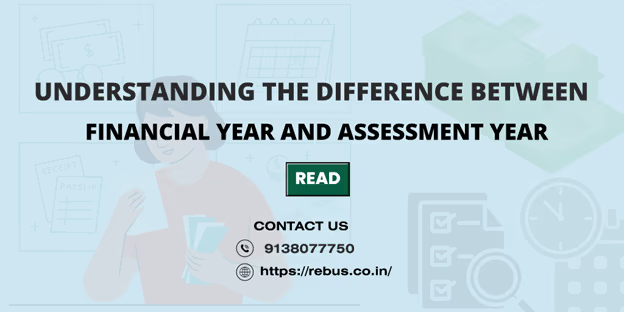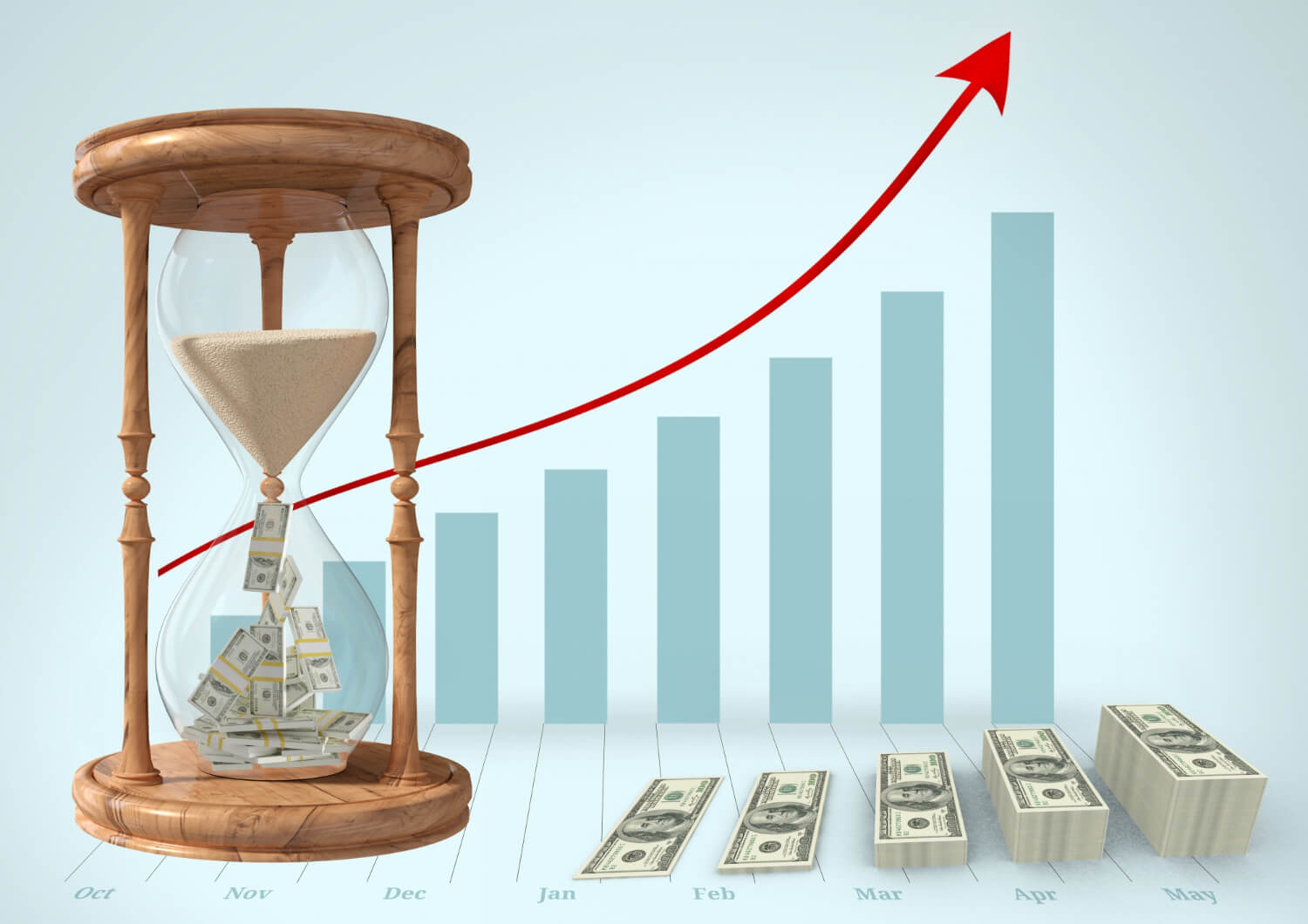Financial year (FY) and assessment year (AY) are the two important terms in taxation. The year you earn money is known as FY, and the year you evaluate and file taxes for that income is known as AY. Confusion among them results in errors in tax calculations.
This blog aims to make the concepts of FY and AY simpler while highlighting their importance in tax planning. Both individuals and businesses can avoid fines and manage their tax process effectively if they are aware of these differences.

Financial Year
The term “financial year” is often used in the finance sector. Let’s study it in detail:
Governments and businesses often use the financial year, which is even referred to as the fiscal year (as a period of 12 months) to plan their finances.
It is necessary for budgeting, tax calculations, and reporting on finances. It starts and ends on dates set by the organization.
Duration and Significance of FY
The financial year could be different, however it generally aligns with the year on the calendar (January 1 to December 31).
It is important as it gives a structured schedule to plan finances, reporting, tax collecting, and distributing funds.
Organizations and governments can track performance, analyze growth, and make intelligent decisions by organizing operations within a particular time.
Examples of Financial Years
To coincide with their operating cycle, companies can decide the financial year that usually runs from April 1st to March 31st.
To align with the budgeting procedure, governments have options to choose a financial year that starts from July 1st to June 30th.
Depending on certain needs and administrative cycles, different organizations can have separate financial years.
Assessment Year
The Assessment Year (AY) is the time period in which income from the previous Financial Year (FY) is assessed for tax purposes. It generally starts on April 1st (the day just after the financial year ends), and completes on March 31st of the next calendar year.
Relationship to Financial Year:
The Financial Year (FY) is the year in which you earn income, while the Assessment Year (AY) is when that income is evaluated for tax purposes. For example, income earned from April 2023 to March 2024 falls under the FY 2023-24 and is evaluated in the AY 2024-25.
Duration and Significance:
The Assessment Year lasts for 12 months, corresponding to the financial year. During this, taxpayers file their tax returns based on their income and investments made in the previous financial year. It’s important because it determines the responsibility of paying taxes for both individuals and organizations.
Key Differences Between Financial Year and Assessment Year:
Here is a list of major key differences between Financial Year and Assessment Year:
Criteria Financial Year Assessment Year Definition and Scope The financial year refers to the period in which income is earned. Assessment year is the year in which the earned income is assessed and taxed by the authorities. Duration It starts on April 1st and ends on March 31st of the next year. Assessment year immediately follows the financial year and commences on April 1st. Taxation During the financial year, income is earned and serves as the basis for determining tax liability. During the assessment year, taxes are calculated based on the income earned by an individual or organization in the preceding financial year. Filing of Income Tax Returns The financial year provides the foundation for calculating taxes. Assessment year facilitates the filing ofITR for previous financial year Importance of Knowing the Difference:
There is a major difference between FY and AY, knowing them helps the organizations and individuals in the taxation process.
Proper Tax Planning and Compliance:
- Maintain a yearly file system to record financial records.
- Keep track of income and expenditures to guarantee proper filing.
- Contact a tax expert for guidance and approval of legality
Avoiding Confusion and Errors in Tax Filings:
- Verify all the information once again before submitting.
- Make use of the best tax software or contact a consultancy.
- Carefully check each part, and pay careful attention to the income, credits, and deduction details.
Understanding Timelines for Tax-Related Activities:
- Note the important tax deadlines on your calendar.
- Recognize the due dates for filing and completing payments.
- Create tax strategies that will maximize savings and help you avoid penalties.
Examples and Scenarios
Illustrative scenarios highlighting the difference
Income Assessment: Assume you have a source of income in 2023. This income is going to be assessed in 2024, the following year. Therefore, even if you earned it in 2023, the government will examine it in 2024. The evaluation takes place afterwards, much as when you bake a cake tonight and eat it the next day!
Illustration: You worked hard in 2023 and earned $50,000. However, it won’t be reviewed by the tax department until 2024. So, when you file your taxes for 2023, you’ll mention this $50,000.
Tax Filing Deadlines:
Depending on the assessment year, there is a time limit for filing your taxes. The last day for submitting taxes for income generated in 2023 would normally be around July 31, 2024, for example, if the assessment year is 2024–2025. To avoid fines, it’s necessary that you submit your taxes on time.
Tax filing deadlines based on the assessment year
Depending on the assessment year, there is a time limit for filing your taxes. The last day for submitting taxes for income generated in 2023 would normally be around July 31, 2024, for example, if the assessment year is 2024–2025. To avoid fines, it’s necessary that you submit your taxes on time.
As an example, if you earned income in 2023, you must submit your taxes for that year by the assessment year 2024–2025, which is usually July 31, 2024.

Frequently Asked Questions (FAQs)
What happens if there is a discrepancy between financial year and assessment year?
If there’s a difference between the financial year and the assessment year, it can lead to confusion and possible fines for insufficient reporting income.
Can tax deductions be claimed in the assessment year for investments made in the financial year?
You can claim tax deductions in the assessment year for investments made in the previous financial year, like PPF or ELSS, helping you save tax while maximizing savings.
How does the concept of carry forward losses apply to financial and assessment years?
Reduce the cost of taxes by carrying over losses from one financial year to the next and using them as a provision against income. It provides support during recessions and is applicable to all financial and assessment years.

Leave A Comment